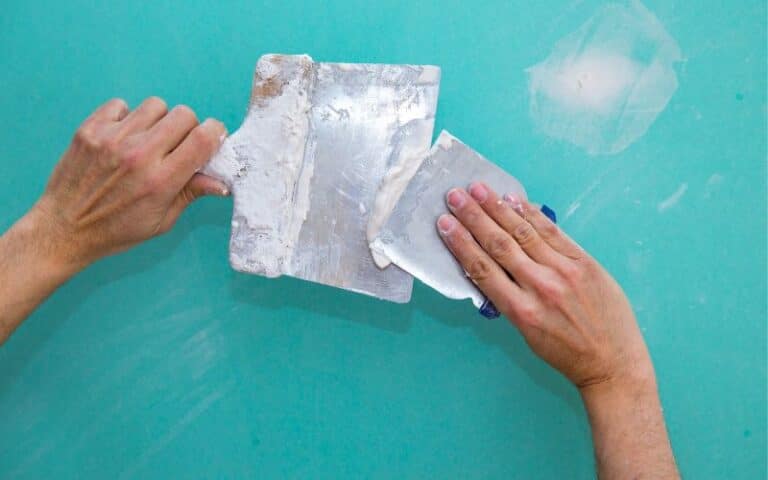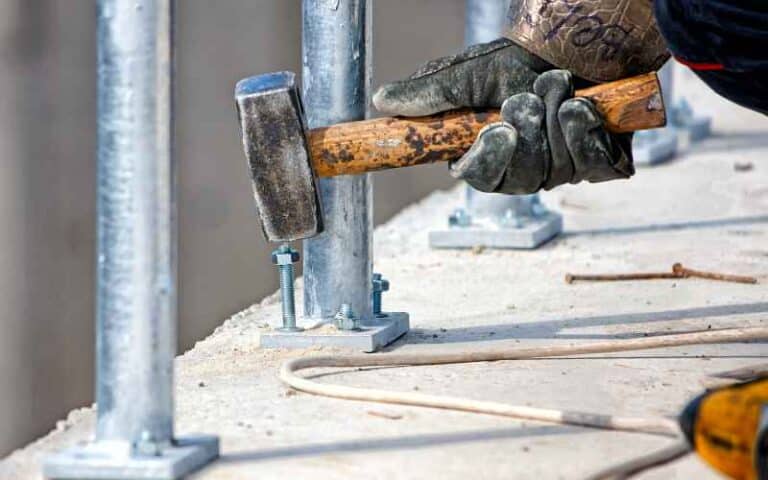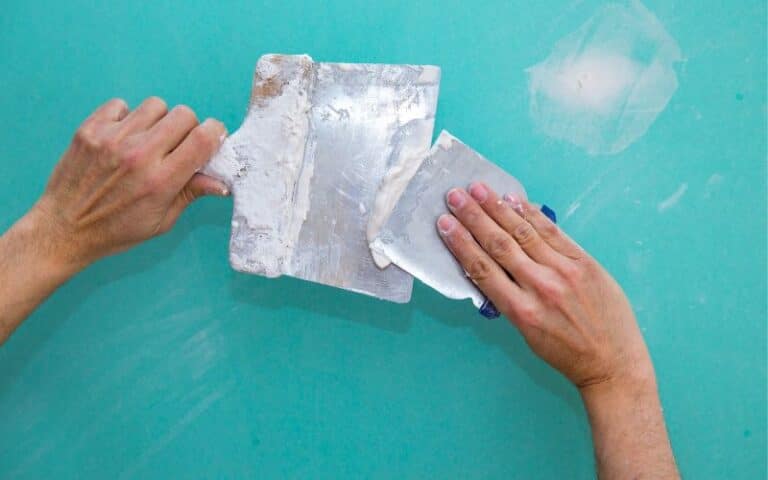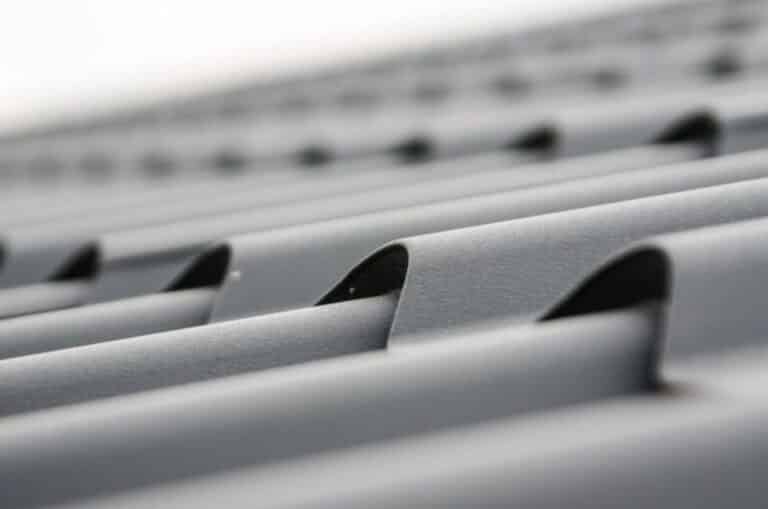Drywall has easily become a favorite of many because of its high quality, easier installation process, and durability when used for construction.
Aside from the features mentioned earlier, drywall is mainly known to have a smoother finish than other building plasters, making it an attractive option.
However, some people are more interested in how long it takes for drywall to dry than other features.
You’ll get the correct answers here if you’re one of such persons.
Most drywall brands take 24 hours to dry thoroughly after being applied to the walls of a building. However, the drywall’s application process takes about 5 to 90 minutes to complete, making the lengthy drying process bothersome. Drywall can also set and dry quickly depending on certain favorable conditions, such as the thickness of the application, temperature, and humidity.
In this article, I’ll explain how long it takes for drywall to dry and if it’s okay to get wet after application.
By the end, you’ll also learn if you can make drywall dry faster and if heat or cold helps drywall get dry more quickly.
Ready for a Drywall Quiz?
How Long Does Drywall Take to Dry?
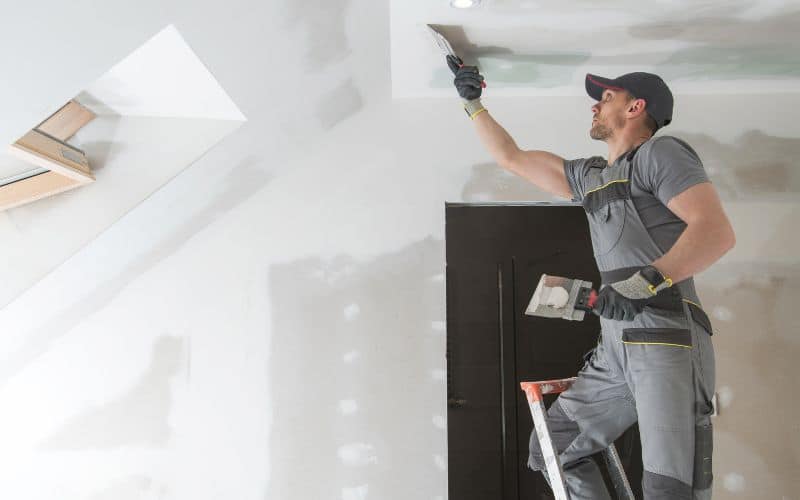
The standard drywall to dry after the application process is twenty-four hours, but it depends on several factors.
Many people get discouraged from using drywall because drying is tedious and requires delicate conditions to progress faster.
Sometimes, drywall can take several days to dry completely because of the application process and environmental conditions.
In more favorable conditions, you can successfully slash the drying period for drywall by manipulating a few things.
These conditions include less humidity, increased heat levels, using a dehumidifier, thinning the coats, and using professional drywall hanging skills.
How Can I Make Drywall Dry Faster?
The long drying process of drywall is inconvenient for many people, especially those conducting emergency constructions.
They can lean towards fastening the denying process using better hanging skills, thinner coats, or artificial heat.
Below are the detailed ways in which you can speed up the drying process of drywall;
#1. Hang the Drywall More Accurately Before Applying Mud
A common problem that results in longer drying time for drywall is when they are hung incorrectly, and there are several gaps to be filled.
If you’re hanging your drywall for the first time, it’s normal to turn it wrongly and leave too much space for filling.
However, if you’ve developed better hanging skills with drywall, you’ll likely leave fewer spaces, significantly reducing the filling process.
To make your drywall dry faster, you should avoid leaving large spaces around light outlets or other obstacles that might be on the wall.
Consequently, fewer spaces between the drywall reduce the need for excessive drywall coats that would take longer to dry.
#2. Use Thinner Drywall Coats During the Application Process
One of the best ways to reduce the drying period for drywall is by using thinner coats while applying them on a surface.
The trick is that since the thickness of drywall makes for a longer drying time, thinner coats will dry faster and reduce the waiting period.
To effectively use thinner coats of drywall, make the first coat thick enough to cover the joints you’re filling and thin out the remaining layers.
However, ensure that the thinner coats are not too thin; otherwise, you’ll have a rough finish defeating the entire purpose.
Also, thinning the layers of drywall during application decreases the chances of dents and cracks on the surface in the future.
#3. Ensure that the Air in Your Working Area is Dehumidified
One condition that determines how fast drywall dries is the humidity in the room where it’s been applied.
Drywall mud is loaded with water, increasing the drying time significantly, but if it’s in a dehumidified area, it dries faster.
To encourage faster drying, you can set up a dehumidifier in the room that would hasten the process of extracting the water from the wall.
However, check the dehumidifier frequently to empty the water gathered and close the windows if it’s raining.
#4. Increase the Heat Temperature Settings in Your Working Area
Another amazing way to fasten the drying process of drywall in a building is to increase the temperature settings in the room.
If you don’t have a humidifier, you can opt for boosting the heat in a room that has been drywalled to shorten the drying time.
You can do this by turning on the furnace or placing space heaters at different corners of the room to dry the water in the drywall.
However, ensure that the windows and doors are opened to allow the humidity to escape instead of being trapped in the wall to ruin the smoothness.
If you only drywalled a small section of your wall, you can use a hair dryer aimed at the spot from a safe distance.
For your safety, you can also use a heating gun instead of a hairdryer to fasten the drying time for small patches.
#5. Make Use of Hot Mud to Seal the Drywall
Another simple way to ensure that your drywall takes less time to dry is by substituting drywall mud with hot mud.
Hot mud is a unique joint compound that dries after twenty to sixty minutes of being set on the drywall.
It has a similar composition as plaster, making it harden quickly after application, but you have to do a smooth job to avoid dents.
Also, ensure that you follow the manufacturer’s instructions to the letter or get a professional to make the application.
Does Drywall Mud Dry Faster in Heat or Cold?
Weather conditions significantly affect how fast drywall mud dries, and heat is one of the best catalysts for faster drywall mud drying.
Drywall mud tends to dry faster when exposed to natural or artificial heat, while it takes longer to dry in chilly or humid weather.
Below is a table that shows how heat and cold affect the drying duration of drywall mud;
| Drywall Mud in Heat | Drywall Mud in Cold |
|---|---|
| Heat exposure dries moisture quickly. | It slows the drying process because of humidity. |
| It reduces drying time to twelve hours. | It could increase drying time for days. |
| It could shrink the drywall if it is excessive. | It could soften the drywall with high humidity. |
| It could turn the drywall yellow when exposed to excess fumes. | It may cause the drywall to appear wet or darker. |
Is it Okay if the Drywall Gets Wet?
It’s okay for drywall to get wet, but if the moisture lingers, it may lead to a lot of damage, some of which are irreversible.
Immediately you notice that your drywall is wet, finding a way to get rid of the moisture quickly to avoid further damage is best.
If your drywall has recently been exposed to a lot of moisture due to rain or floods, you would need to replace it quickly.
Consequently, failing to replace your drywall after exposure to a lot of moisture might cause a mold infestation.
It may also weaken the drywall, develop dark patches from wetness, and lose its overall structural integrity.
Also, hiring a professional to test the damage and carefully replace the drywall for a smooth replacement process is best.

